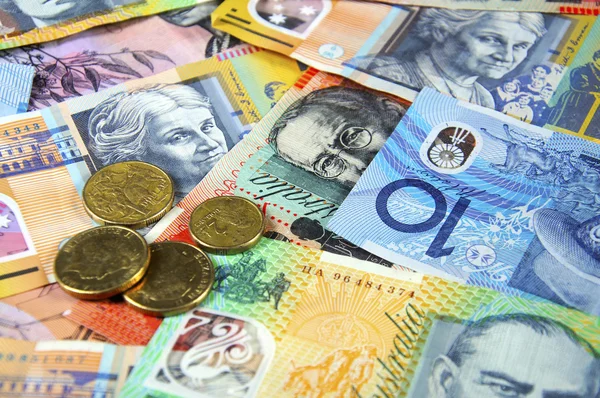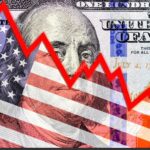Australian dollar is retreating from weekly highs ahead of the US Core PPI.
The Australian Dollar (AUD) looks to end its winning run that began last week against a weak US Dollar (USD). The AUDUSD pair is rising as the Reserve Bank of Australia (RBA) increases the prospect of another interest rate hike. This pattern can be connected to rising inflation expectations, which are being pushed by increased oil prices.
Because of the continued turmoil in the Middle East, Australia may see healthy underlying commodity prices. . Furthermore, Westpac Consumer Confidence figures for October show an increase in individual confidence for the same time.
Despite a slowing in inflation, Australia’s business conditions remained resilient in September. Furthermore, Consumer optimism improved in October with stable rates, although the overall optimism was overshadowed by growing living costs.
The US Dollar Index (DXY) continues to fall, extending losses that began last week. Despite a small rebound in US Treasury rates on Tuesday, the US Dollar (USD) faced a struggle.
A torrent of dovish statements from Fed officials adds to the pressure on the US dollar.
Furthermore, a series of dovish-leaning statements from Fed members have reverberated in the markets, with many expressing concern that rising long-term US bond yields may limit their willingness to hike rates in subsequent meetings.
Daily Market Movers: The Australian Dollar extends its gainson the RBA’s interest rate path.
In Australia, inflation increased in August, owing mostly to increasing oil costs. The Reserve Bank of Australia (RBA) may raise interest rates again as a result of this event.
The intensification of the Middle East war may drive the RBA to raise interest rates by 25 basis points (bps), bringing them to 4.35% by the end of the year.
The rising geopolitical tension is driving up demand for commodities such as oil and gold, which is favorably affecting the performance of the AUDUSD pair.
The Westpac Consumer Confidence Index in Australia revealed that current purchasing conditions improved in October. The index increased by 2.9% after falling by 1.5% in September.
After meeting with US Senators on Tuesday, China’s Commerce Minister, According to Wang Wentao, “both sides had rational and pragmatic discussions.” The importance of the US-China economic and commercial relationship.
The September Nonfarm Payroll data for the United States reported a significant rise of 336,000 jobs, above the market forecast of 170,000. The revised August total was 227,000.
In September, the US MoM stayed stable at 0.2%, falling short of the predicted 0.3%. The study showed an annual increase of 4.2%, which was lower than the expected consistent number of 4.3%.
On Tuesday, US Treasury bond rates rebounded marginally. The 10-year US Treasury bond yield, on the other hand, is now at 4.64%.
Raphael Bostic, President of the Federal Reserve Bank of Atlanta, has stated that existing monetary policy is already restrictive, making new restrictions unnecessary. Following the dovish path set by two other Fed colleagues on Monday, Minneapolis Fed President Neel Kashkari expressed a similar stance on Tuesday.
Investors will pay special attention to economic statistics, particularly inflation estimates. On Wednesday, the Producer Price Index (PPI) will be released, followed by the FOMC meeting minutes and the Consumer Price Index (CPI) on Thursday, as well as Australia’s Consumer Inflation Expectations.









